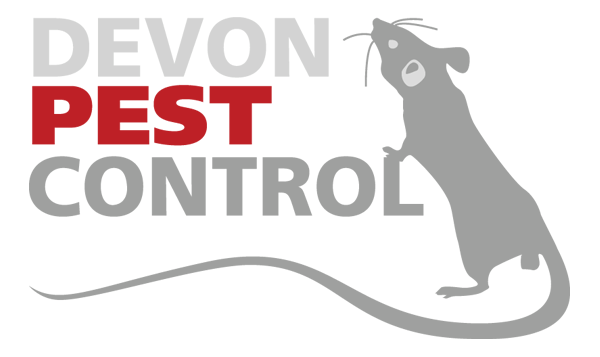Flies
Flies can be a real problem during our summer seasons. With the promise of a few more hot days as we move into Autumn flies can still pose a problem. This is because of the heat. The heat of the sun not only makes our rubbish bins filled with rotting food smell bad, but it also speeds up the life cycle of flies. Which means more flies in a shorter space of time. Below we have some information about the types of flies you may come across and what you can do to help prevent infestations.
Flies are typically found around rubbish-they love the things we hate, like rotting food and animal waste. These are attractive food sources for flies and also make good locations for them to lay eggs. For when the eggs hatch, the larvae emerge with food readily available. Prime spots are your rubbish bins. If lids are left up, or you do not clean your bins regularly then it can be an inviting environment for flies to feed and lay eggs.
- Green Bottles
Large in size and called green bottles because of their colouring. They tend to come in doors to find hibernation locations. So it is best practice to not have your rubbish bins located away from your windows and doors to help eliminate easy access to your home.
- Bluebottles
Large, shiny and metallic blue bodies. They can lay up to 600 eggs in a life time. And even more worryingly, in warm weather, these eggs will hatch in less than 48 hours. the speed of the cycle can mean egg to adult in around a week if the conditions are right.
- Cluster Flies
They are not as large as green or blue bottles. They are a dark grey/brown in colour with yellow hairs. They tend to be sluggish in flight, so you can usually deal with the odd one or two yourself. When cluster flies hibernate, if they find a good location, they may return year after year.
If you think you have a fly infestation, please do not worry. Call in the professionals and we will leave you pest free.






